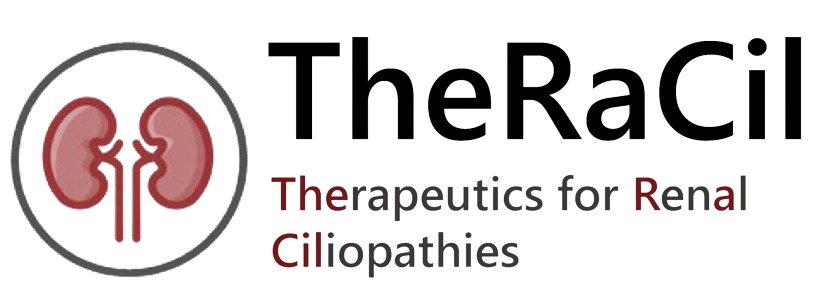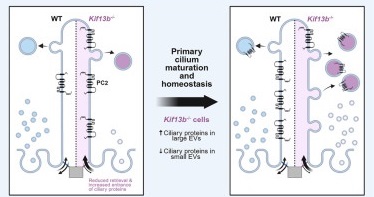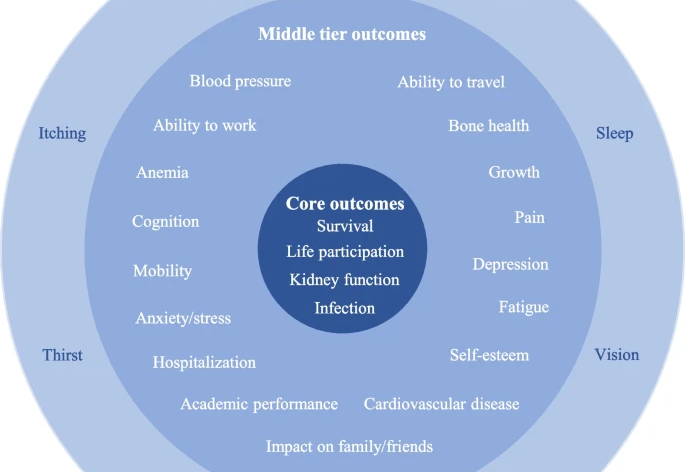News and Publications
Polycystic Kidney Disease in Children: The Current Status and the Next Horizon
Cadnapaphornchai et al, American Journal of Kidney Diseases, Volume 86, Issue 3, p383-392, September 2025. https://doi.org/10.1053/j.ajkd.2025.01.022
This scientific review discusses two inherited kidney conditions: autosomal dominant polycystic kidney disease (ADPKD) and autosomal recessive polycystic kidney disease (ARPKD). Both diseases cause cysts to form in the kidneys and can lead to high blood pressure and gradual kidney failure. Although they are usually thought of as affecting different age groups — ADPKD in adults and ARPKD in children — this paper emphasizes that both can actually appear at any stage of life, even before birth.
The authors wrote this review to highlight how these two diseases are similar and how they differ, especially in terms of what causes them, how they are diagnosed, and how they are managed. A key focus of the paper is on two critical life stages that are often overlooked in research: the transition from fetal life to infancy, and from adolescence to adulthood. These are times when medical care needs to be carefully adjusted, but current guidelines are limited.
The paper also discusses recent scientific discoveries about how these diseases develop at the cellular level, particularly involving tiny structures in kidney cells called cilia. These insights have led to new treatment possibilities, many of which are being tested in clinical trials — mostly in adults. The authors argue that more research is needed to adapt these treatments for children and to better understand how the disease progresses in younger patients.
In summary, this review brings attention to important gaps in current knowledge and care for people with PKD, especially children and adolescents. It offers recommendations for improving diagnosis, treatment, and care transitions, and outlines future directions for research.
Autosomal dominant polycystic kidney disease (ADPKD) and autosomal recessive polycystic kidney disease (ARPKD) are inherited disorders that share many features such as kidney cysts, hypertension, urinary concentrating defects, and progressive chronic kidney disease. Underlying pathogenic mechanisms for both include cilia dysfunction and dysregulated intracellular signaling. ADPKD has been traditionally regarded as an adult-onset disease, whereas ARPKD has been classically described as an infantile or childhood condition. However, clinicians must recognize that both disorders can present across all age groups ranging from fetal life and infancy to childhood and adolescence, as well as adulthood. Here we highlight the points of overlap and distinct features for these disorders with respect to pathogenesis, diagnostic modalities (radiological and genetic), clinical assessment, and early therapeutic management. In particular, we consider key issues at two critical points for transition of care, i.e., fetal life to infancy and adolescence to adulthood. These timepoints are poorly covered in the extant literature. Therefore, we recommend guiding principles for transitions of clinical care at these critical junctures in the lifespan. While there is no cure for polycystic kidney disease (PKD), recent insights into pathogenic mechanisms have identified promising therapeutic targets that are currently being evaluated in a growing portfolio of clinical trials. We summarize the key findings from these largely adult-based trials and discuss the implications for designing child-focused studies. Finally, we look forward to the next horizon for childhood PKD, highlighting gaps in our current knowledge, and discussing future directions and strategies to attenuate the full burden of disease for children affected with PKD.





